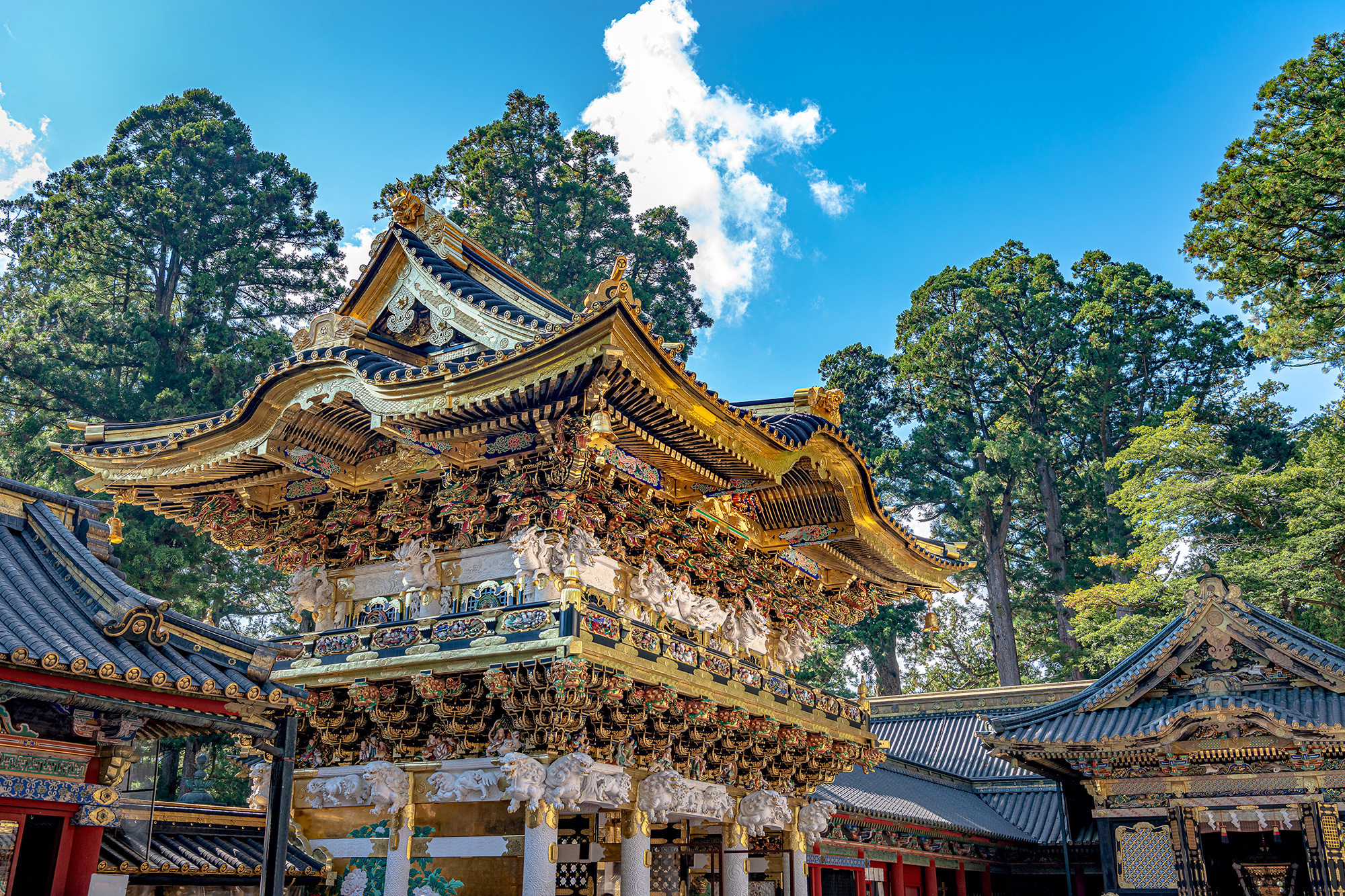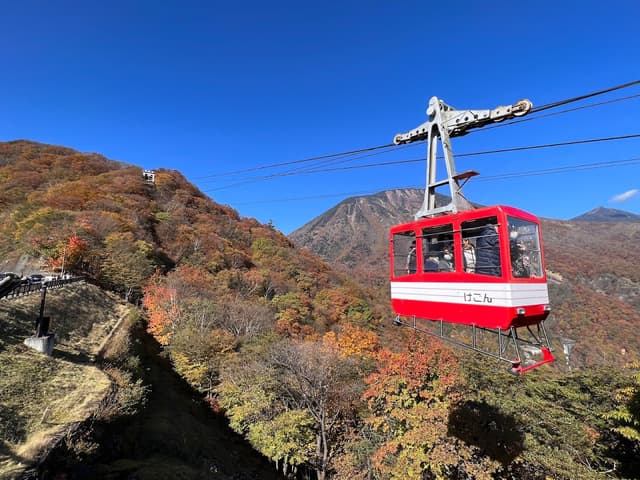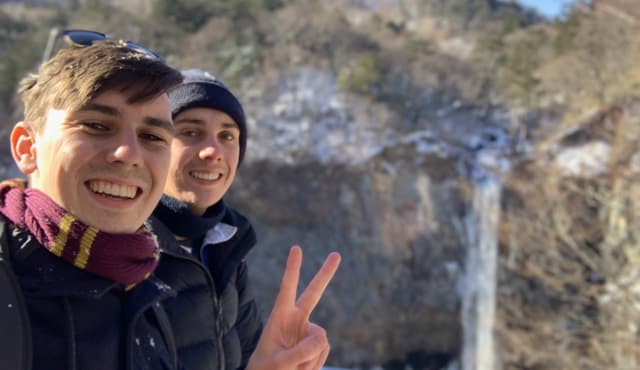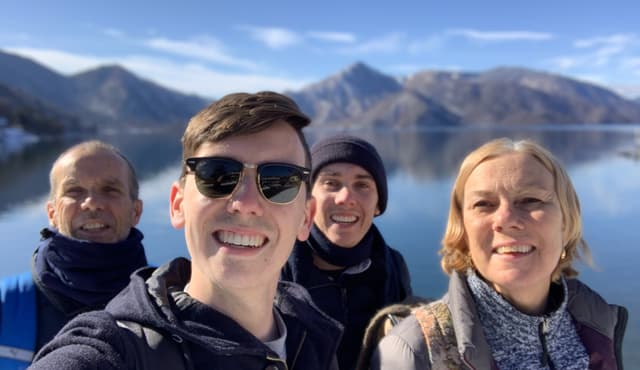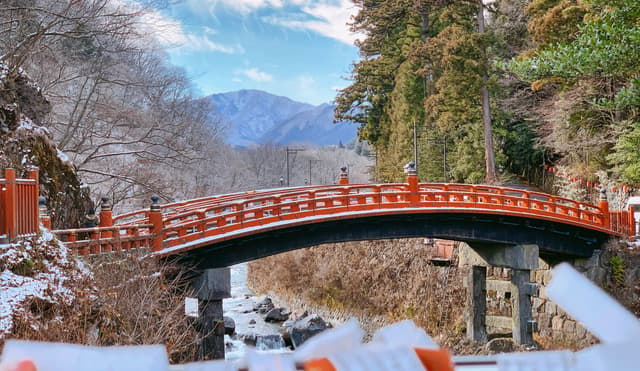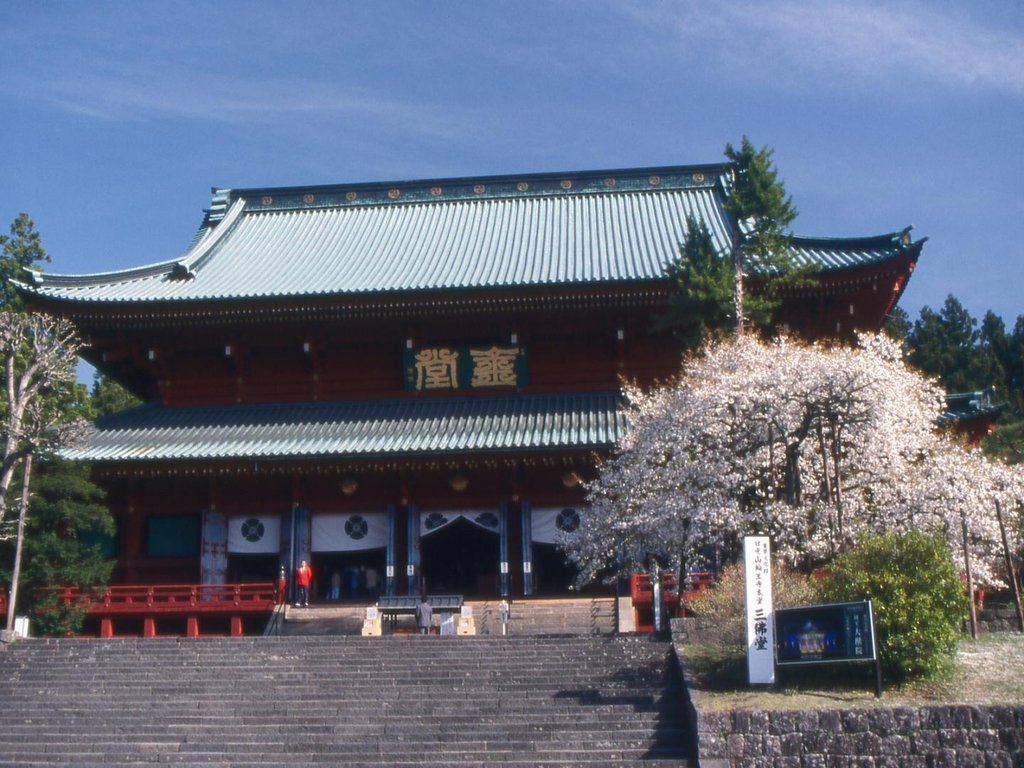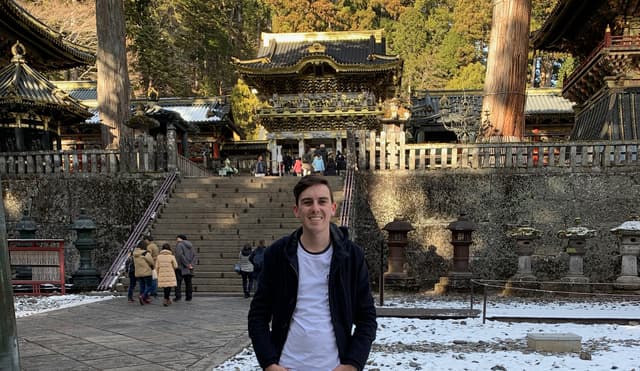🚄 Getting to Nikko
Nikko is located about 125 kilometers north of Tokyo and makes a good one or two day trip from Tokyo. Nikko is connected with Tokyo by Tobu Railway and Japan Railways (JR)
Take the JR Tohoku Shinkansen (from Tokyo or Ueno Station) to Utsunomiya Station (approx 45min) and transfer to the JR Nikko Line to Nikko Station (43 min)
You will need to ensure you have a good connection at Utsunomiya as the JR Nikko Line only leaves every hour. Due to its relatively high cost (about 5000-5500 yen one way), this option is attractive to holders of a JR pass.
Getting Around Nikko
All of Nikko's famous shrines and temples are clustered together in one area, about two kilometers northwest of the railway stations. You can access them by bus in ten minutes (350 yen one way or 600 yen for a day pass) or on foot in about 30-40 minutes by walking up Nikko's main street.
I would recommend purchasing a Nikko All Area Pass. This pass is valid on buses between Nikko and Okunikko and several other designated means of transport in the Nikko area. With this pass you can catch tobu buses between Nikko Station & Lake Chuzenjiko.
Tobu Nikko Station Tourist Information Center
@GCJaplanning
Nikko All Area Pass can be purchased from the Tobu-Nikko Station Tourist Information Center

Details
Stop 1: Akechidaira Ropeway
Take the Tobu Bus from Nikko Station heading to Lake Chuzenji and arrive at Akechidaira Ropeway by 9:10 AM.
Akechidaira Ropeway Observation Deck
@GCJaplanning
1000 yen (round trip). In three minutes, the ropeway carries visitors to an observation platform further up the mountain for spectacular views over Kegon Waterfall and Lake Chuzenjiko.

Details
Stop 2: Kegon Waterfall
Jump back on the bus for about 5min to Chūzenji Onsen Bus Terminal. From here it is a short walk to all the major spots at Lake Chūzenji. Look out you might even see a Tanuki
Kegon Waterfalls
@GCJaplanning
Kegon Waterfall, nearly 100 metres tall, is Nikko's most famous and one of Japan's top three waterfalls. It’s viewable from free and paid platforms (Y570), the latter accessed by a 100-metre elevator.

Details
Stop 3: Chuzenji Onsen Village
Chuzenji Onsen
@GCJaplanning
Chuzenji Onsen is a touristy hot spring resort town at the eastern shores of Lake Chuzenji and at the foot of Mount Nantai. The small town consists mainly of souvenir shops, and restaurants, but also offers some sightseeing spots, including Chuzenji Temple, a Futarasan Shrine, and a nature museum. It is also the departure point of sightseeing cruises of the lake.

Details
Stop 4: Shrines & Temples of Nikko
Catch the bus back down the scenic mountain road to Shinkyo Bridge (about 30 min).
Shinkyo Bridge
Shinkyō Bridge
@GCJaplanning
The Shinkyo Bridge is sacred due to its connection to Futarasan Shrine and the legend of deity Jinja-Daiou aiding monk Shodo Shonin's river crossing. It symbolises divine intervention, serves as a gateway to Nikko's spiritual sites, and is celebrated as one of Japan's top three historic bridges. Built in 1636, it was historically off-limits until 1973

Details
Rinnoji Temple
@GCJaplanning
Rinnoji is Nikko's most important temple and was founded in the eighth century. The temple's grand main building, the Sanbutsudo, houses three large Buddhist statues that represent Nikko's three sacred mountains, there is also an expansive Japanese Garden. 900 yen for the Sanbutsudo Hall and Taiyuin + 300 yen for the Treasure House and Shoyoen Garden.

Details
Toshogu Shrine
@GCJaplanning
(2400 yen) Toshogu Shrine, a UNESCO World Heritage Site, is Nikko’s most famous and elaborate shrine, dedicated to Tokugawa Ieyasu, founder of the Tokugawa Shogunate. Renowned for its ornate architecture and intricate carvings, including the famous "Three Wise Monkeys," it symbolises Japan's Edo period prosperity and spiritual heritage.

Details
* * *
